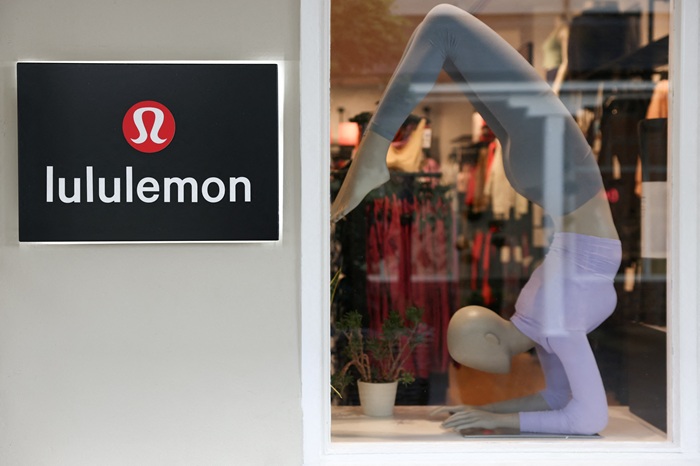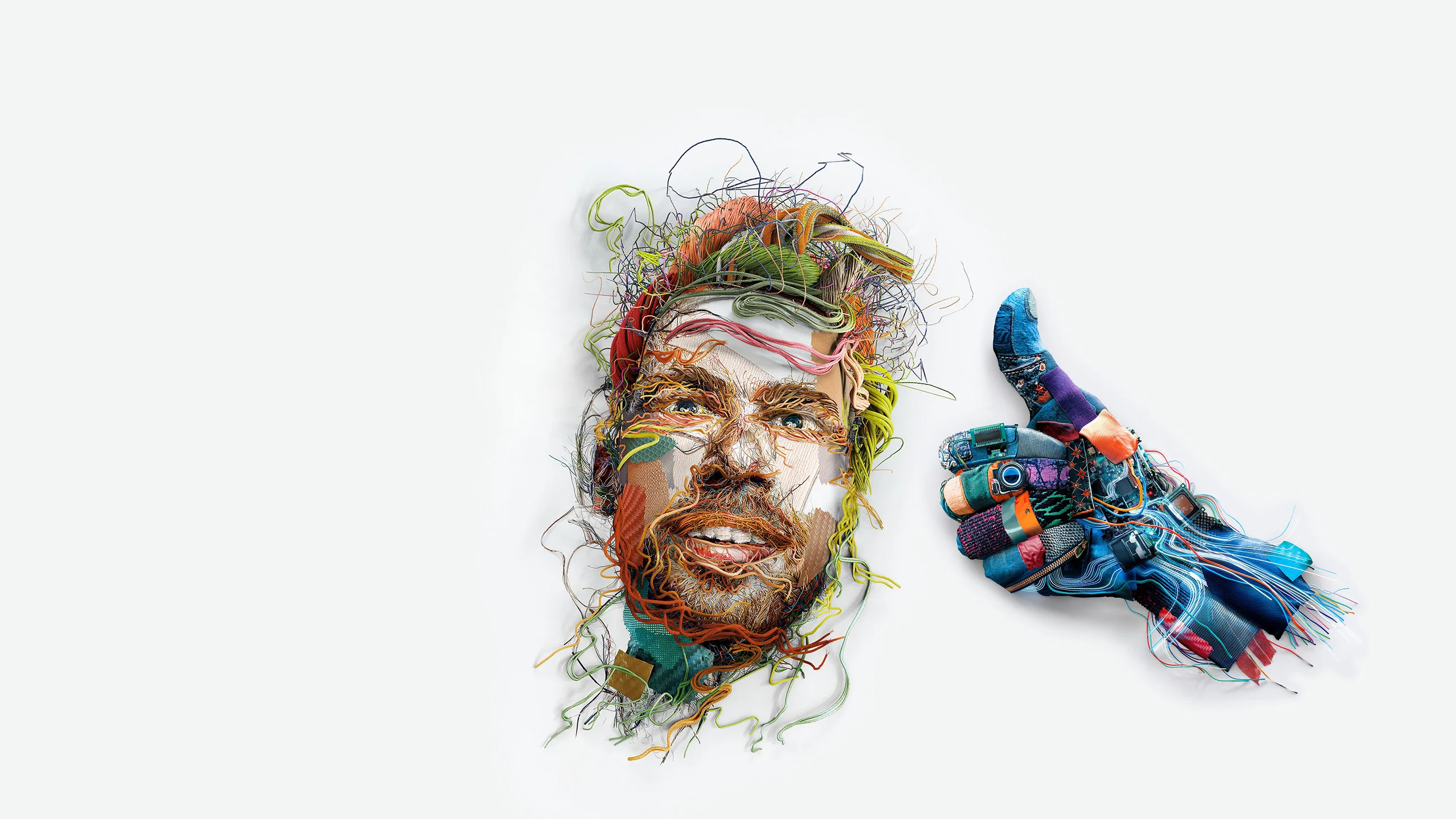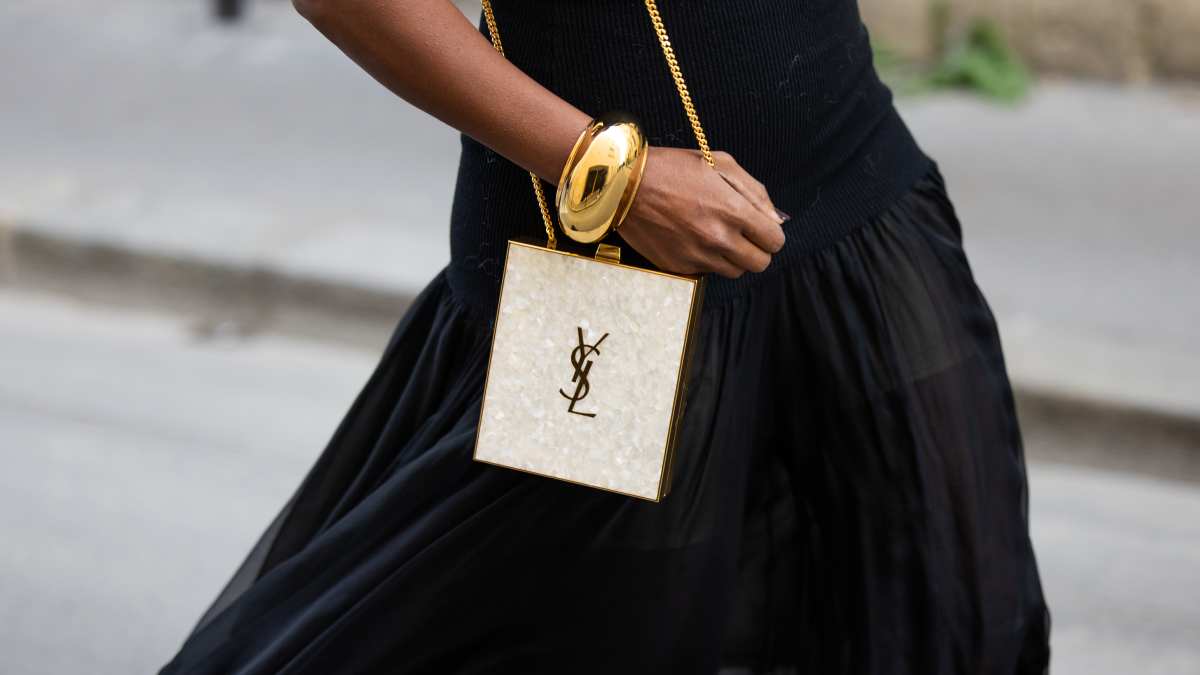
Rising inflation, increasing interest rates, and global uncertainties are have impacted consumer behaviour and spending has become more cautious. This has had a ripple effect across sectors, with fashion and retail real estate feeling the pinch.
Changing priorities
Consumer spending, a key driver of economic growth is affected as the cost of living grows households are forced to make tough choices. Non-essential purchases, such as clothing and accessories, are often the first to be cut. Changing priorities is reflected in recent data.
McKinsey’s, ‘The State of Fashion 2023’ report indicates that after a period of post-pandemic growth, the fashion industry is facing renewed challenges due to deteriorating macroeconomic conditions. The US Bureau of Labor Statistics too shows that apparel prices have fluctuated but overall consumer spending on clothes has become more sensitive to economic downturns. Meanwhile luxury malls in major Chinese cities are also feeling the impact. For example, Shanghai K11 is easing tenant criteria, and Beijing’s Parkview Green is attracting more diverse restaurant operators after high-end brand exits.
Table: Retail trends
|
Indicator |
Trend |
Source |
|
Fashion Industry Trends |
Slowdown, prioritizing value, durability, sustainability, rise in demand for second-hand clothing and rental services |
McKinsey, Reports on apparel rental services |
|
Mall Industry Challenges |
Reduced foot traffic, rental pressures, the rise of e-commerce |
CBRE |
|
Consumer Spending (US) |
Growth, surpassing $705 billion in September 2023 |
JLL’s 2024 City Retail Report |
|
High-End Consumption |
Slowdown in spending on luxury goods |
Reports on Beijing & Shanghai Luxury Malls |
|
Mall Rental Income Growth |
Increase of 9-10% YoY in FY2024 and 8-9% in FY2025 |
ICRA |
The fashion industry in flux
The fashion industry, known for its sensitivity to consumer sentiment, is experiencing a slowdown. While some luxury brands may continue to thrive, mid-range and fast-fashion retailers are facing challenges.
Consumers are increasingly prioritizing value, durability, and sustainability. This has led to a rise in demand for second-hand clothing, rental services, and classic pieces that transcend fleeting trends. Reports indicate a growing interest in apparel rental services, driven by a desire for sustainable consumption. Many fashion retailers are grappling with declining footfalls, higher inventory, and pressure to offer discounts. This is squeezing profit margins and forcing some to re-evaluate their business models. Some retailers are even downsizing to meet evolving demands.
Malls feel the heat
The decline in consumer spending has had a direct impact on mall rentals. Malls, once bustling hubs of retail activity, are now dealing with vacant spaces and lower rental income.
With consumers cutting back on shopping, mall footfalls has decreased. This has a domino effect on retailers, who are struggling to meet sales targets and, in turn, find it difficult to justify high rental costs. However, CBRE data indicates that footfalls have rebounded to above pre-pandemic levels for all formats. Mall owners facing pressure due to lower rents are now offering concessions to retain existing tenants and attract new ones. However, even with reduced rents, some retailers are downsizing their physical footprint or closing stores altogether, leading to higher vacancy rates. A CBRE report also indicates that retail asking rents in high-street and dense suburban clusters reached the highest level since 2013 in Q2 2024.
The rise of e-commerce has further aggravated the challenges for brick-and-mortar retailers. Consumers can now shop from the comfort of their homes, reducing the need to visit stores. Malls thus need to reinvent themselves as experiential destinations, focusing on entertainment, dining, and services, rather than just shopping.
The decline of major department stores, once anchor tenants in many malls, is a prime example of this trend. As consumers shift their spending habits, these retail giants have struggled to adapt, leading to store closures and increased vacancies in malls. Meanwhile, some malls are successfully adapting by focusing on creating unique experiences. For example, malls that have incorporated entertainment venues, gourmet food courts, and interactive installations have managed to attract foot traffic and maintain occupancy rates.
In China high-end malls in Beijing and Shanghai, such as Parkview Green and K11, are adjusting to a slowdown in luxury spending by slashing rents and changing their tenant mix to attract middle-class shoppers.
The road ahead
The future of retail, particularly for fashion and malls, will depend on the ability of businesses to adapt to the changing consumer landscape. Retailers need to:
· Embrace omnichannel strategies: Integrate online and offline channels to provide a seamless shopping experience.
· Focus on value and sustainability: Offer products that meet the evolving needs and preferences of consumers.
· Create compelling experiences: Transform physical stores into destinations that offer more than just shopping.
Mall owners, on the other hand, need to:
· Diversify their tenant mix: Attract a wider range of businesses, including restaurants, entertainment venues, and service providers.
· Invest in technology: Enhance the customer experience with digital tools and platforms.
· Reimagine the mall as a community hub: Create spaces that foster social interaction and engagement.












